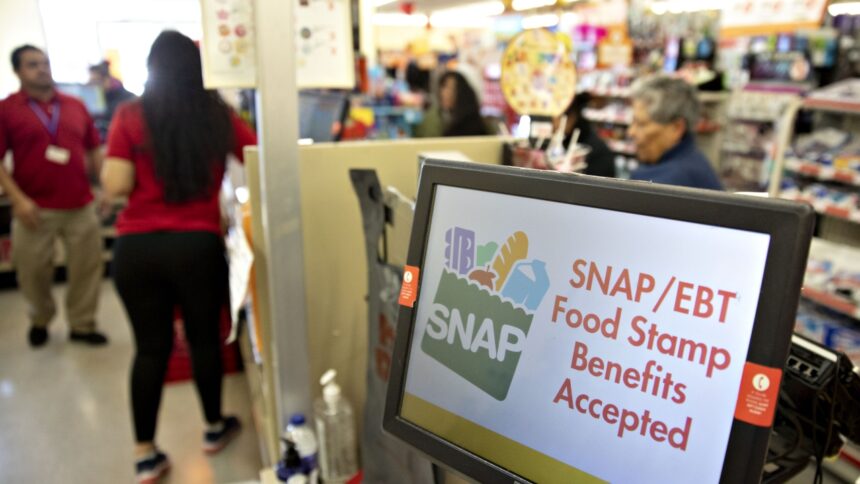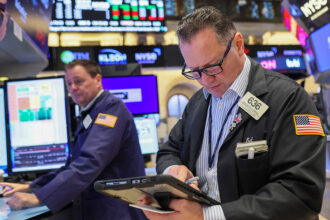Agriculture Secretary Brooke Rollins said Monday the Trump administration will require all participants in the nation’s largest food assistance program to reapply for benefits in an effort to prevent fraud.
Recipients of the Supplemental Nutrition Assistance Program (SNAP), which supports more than 40 million Americans, will need to demonstrate that their households still meet eligibility requirements to continue receiving benefits.
Rollins said SNAP, meant to be a lifeline for low-income households, was among the first priorities she targeted for review, citing concerns about eligibility and oversight.
TRUMP ADMINISTRATION CITES WIDESPREAD MISUSE OF SNAP AS FUNDING LAPSES DURING SHUTDOWN
“Business as usual is over. The status quo is no more,” Rollins said during an interview on “Mornings with Maria.”
Rollins said she ordered states to share data on recipients shortly after taking office in February, describing the system as “rife with fraud” but lacking hard evidence.
CHARTS ILLUSTRATE THE SCALE OF SNAP AS MILLIONS FACE POTENTIAL BENEFIT LAPSE
She added that so far only 29 states, mostly Republican-led, have complied with the request. Rollins said even that limited data has already revealed significant misuse, with 186,000 deceased individuals receiving benefits and 500,000 people receiving SNAP benefits in more than one state.
Data from the Department of Agriculture (USDA) indicates that more than 226,000 fraudulent benefit claims and more than 691,000 fraudulent transactions received approval.
Fraudulent transactions refer to purchases that SNAP households did not authorize, often caused by card skimming, card cloning or other forms of electronic theft.
The stolen benefits cost the government more than $102 million in the first quarter of fiscal year 2025, up from $69.4 million in the previous quarter and $31.9 million during the same period a year earlier.
In a prior interview earlier this month with “Fox & Friends Weekend,” Rollins said that her investigators also found “thousands and thousands of illegal uses of the electronic benefits transfer (EBT) card.”
She added that so far, the Trump administration has removed about 700,000 people off SNAP and arrested about 118 people.
‘THAT ENDS NOW:’ WHITE HOUSE VOWS REMOVAL OF ILLEGAL IMMIGRANTS FROM TAXPAYER BENEFITS
What’s more, the USDA says about 41.7 million Americans, or 1 in 8 people, rely on SNAP benefits each month. The highest share of beneficiaries live in New Mexico, Washington, D.C. and Louisiana, followed by Oregon, according to USDA data.
Under former President Joe Biden, federal spending on SNAP reached record highs, $128 billion in 2021 and $127 billion in 2022, as pandemic-era aid expanded food assistance.
Last year, SNAP cost $99.8 billion, with monthly benefits averaging $187 per participant, according to federal figures.
Rollins said the government shutdown put SNAP “in the eye of the average everyday American” who now says “this is not okay.”
“There are vulnerable families in America that need this program that aren’t getting it because of the fraud and abuse that now we’re going to work to fix.”













